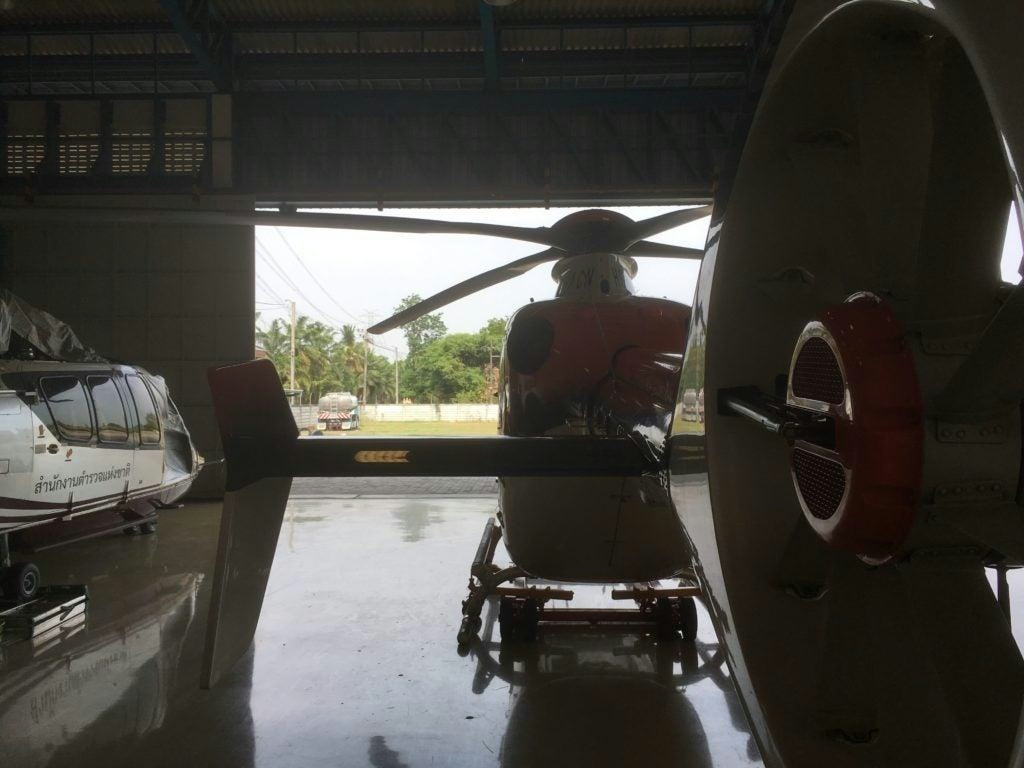
AeroGenie: il tuo copilota intelligente.
Tendenze
Categories
Etihad Introduces First-Class Suites on Single-Aisle Aircraft
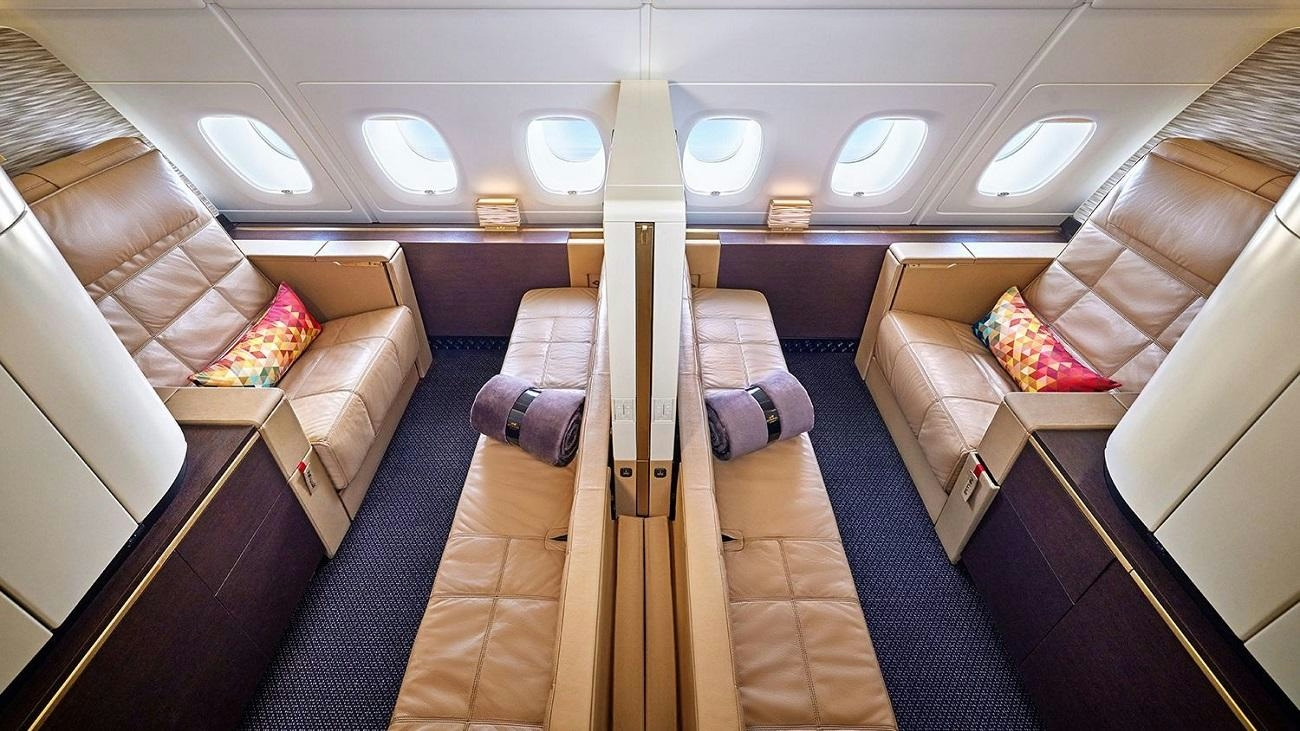
Etihad Introduces First-Class Suites on Single-Aisle Aircraft
Etihad Airways has pioneered a new chapter in aviation by becoming the first airline to offer fully enclosed first-class suites on a single-aisle aircraft. The launch of its inaugural A321LR flight from Abu Dhabi to Phuket, which sold out entirely, marks a significant advancement in the carrier’s ambition to extend the luxury and sophistication traditionally associated with widebody aircraft to shorter, regional routes.
Innovation in Cabin Design and Passenger Experience
The new A321LR, the first of 30 aircraft scheduled to join Etihad’s fleet, features two fully enclosed first-class suites equipped with sliding doors and flat beds—an unprecedented offering for a narrowbody jet. Each suite includes a 20-inch 4K screen, wireless charging, Bluetooth pairing, and space for private dining that can accommodate a companion. This level of privacy and comfort has historically been reserved for larger, long-haul aircraft, making Etihad’s innovation a notable departure from industry norms.
Business class on the A321LR comprises 14 seats arranged in a 1-1 herringbone configuration, ensuring direct aisle access for every passenger, a layout typically found only on widebody aircraft. Each business seat is fitted with a 17.3-inch 4K display and wireless charging capabilities. Economy class has also been enhanced, featuring 144 ergonomically designed seats with generous legroom, 13.3-inch 4K touchscreens, and Bluetooth headphone pairing, offering amenities that surpass those of many airlines’ premium economy cabins.
All cabins are equipped with high-speed Wi-Fi capable of supporting video conferencing, streaming, and gaming. This connectivity is being progressively introduced on Asian routes, representing a significant improvement in internet capabilities for narrowbody aircraft.
Challenges and Industry Implications
Despite the impressive advancements, Etihad’s introduction of first-class suites on a single-aisle aircraft presents certain challenges. The limited space inherent to narrowbody jets complicates the design and installation of such luxurious suites, which may affect passenger perceptions of value, particularly on shorter routes. While some travelers are likely to appreciate the enhanced comfort and privacy, others may question whether the premium experience justifies the aircraft’s smaller size and the typically shorter flight durations.
The market’s response to this innovation will be closely observed, especially as competitors such as Swiss Airlines have recently introduced private first-class suites with beds, emphasizing privacy and exclusivity. The broader aviation industry is also undergoing transformation, with developments in narrow-body electric aircraft and new engine technologies expected to influence future strategies and passenger expectations.
Etihad’s move to introduce first-class suites on a single-aisle jet signals a shift in premium travel, aiming to redefine passenger expectations on short and medium-haul flights. The sold-out inaugural flight underscores strong demand for elevated experiences and may set a new benchmark for luxury in single-aisle aircraft, potentially prompting further innovation across the industry.
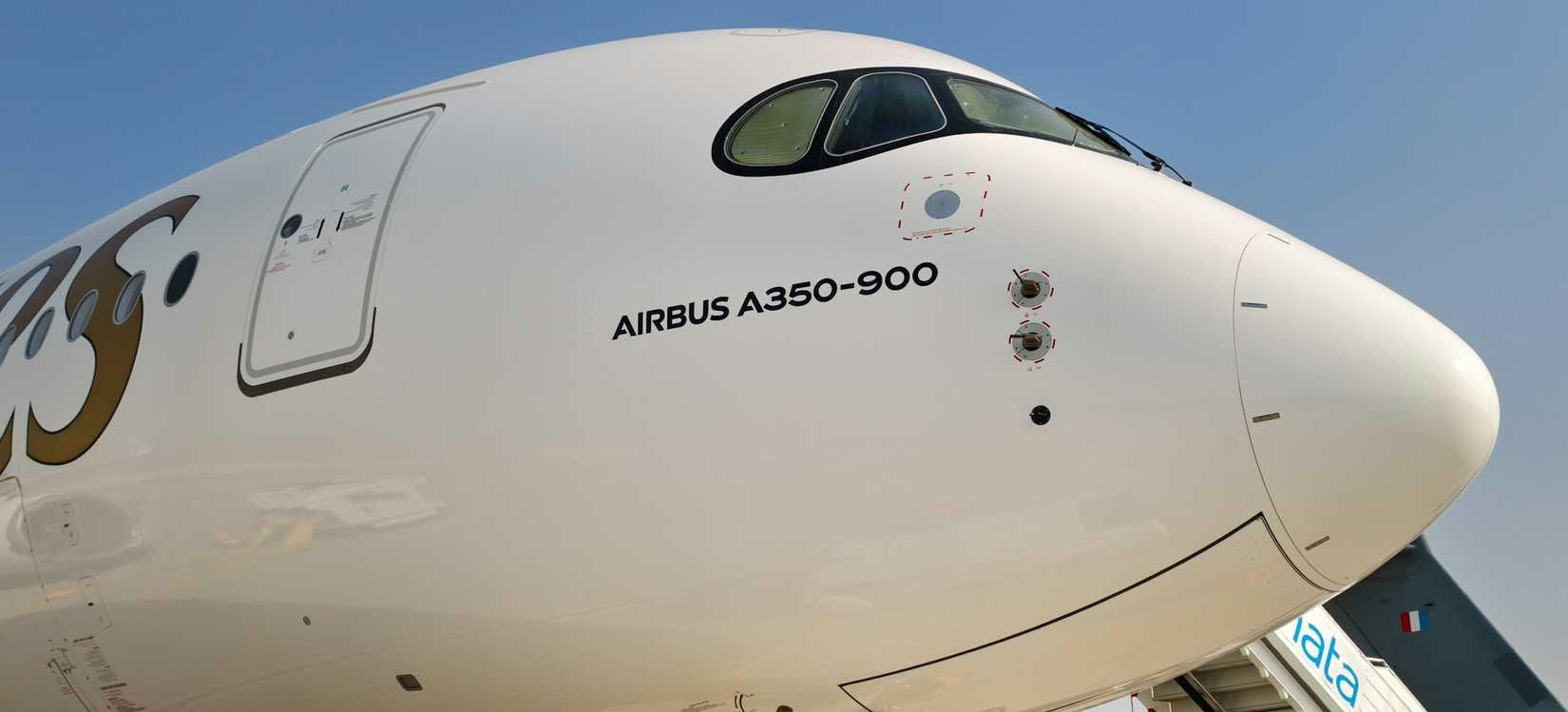
Airline to Operate Fastest-Growing Airbus A350 Fleet in 2025
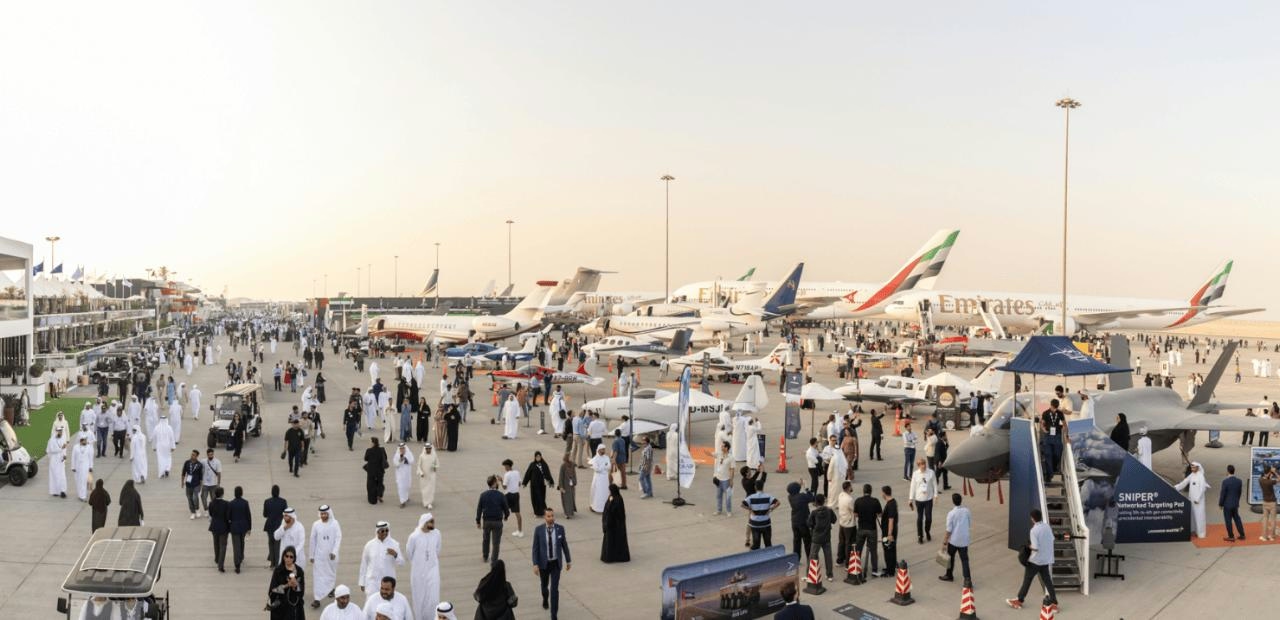
Largest Aircraft Orders Worldwide in 2025
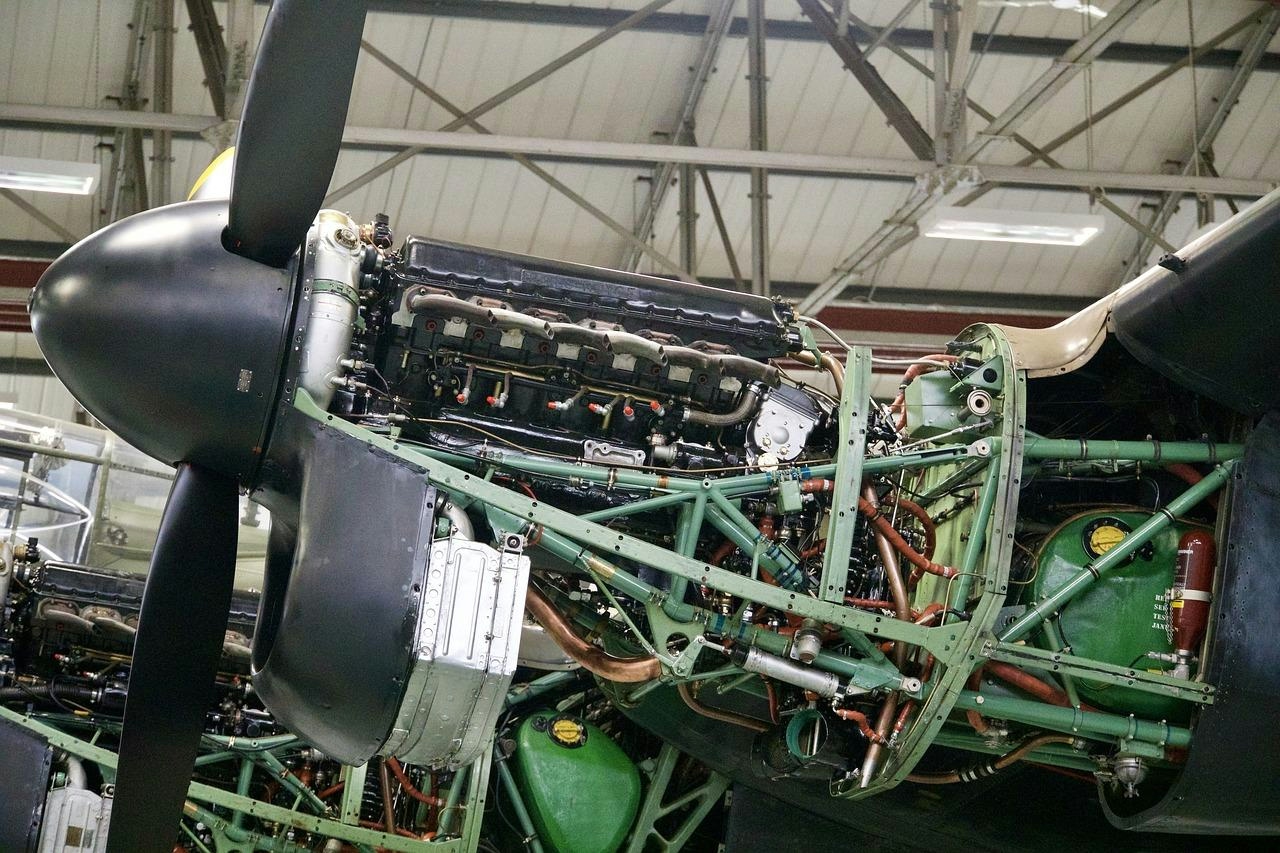
Adani Group to Enter Engine Maintenance and Aircraft Conversion Sectors
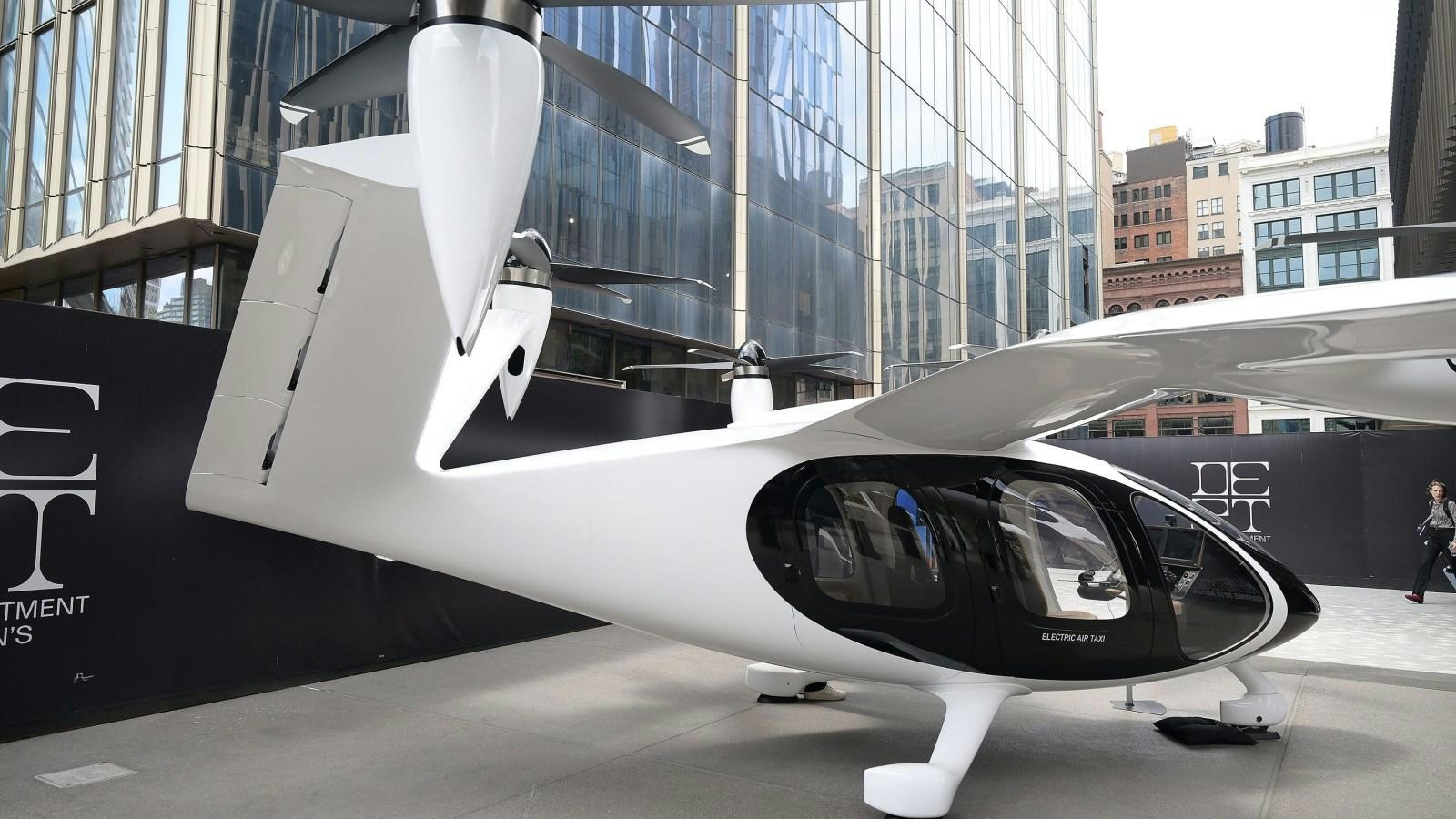
Joby Aviation Positioned to Lead Air Taxi Market by 2026
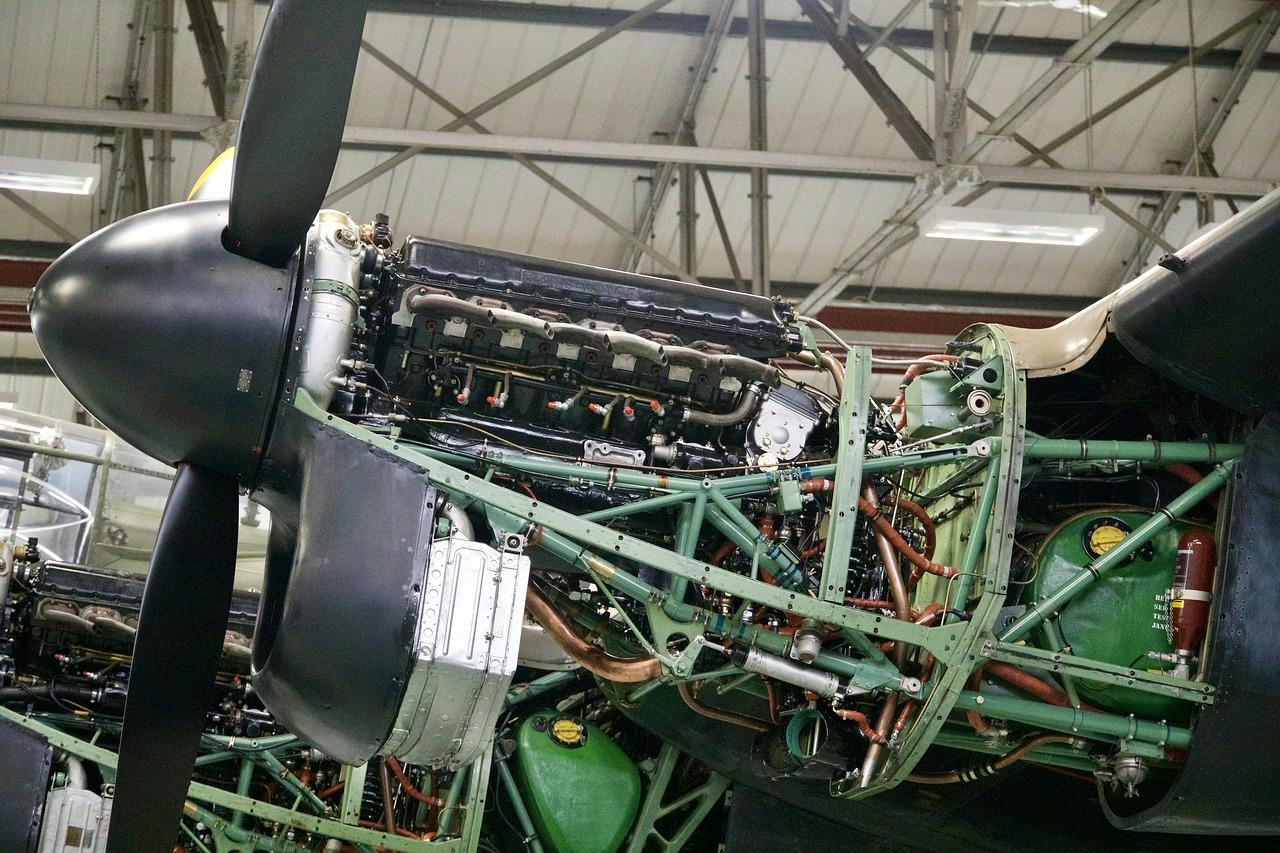
Adani Group Expands into Aircraft Maintenance and Conversion
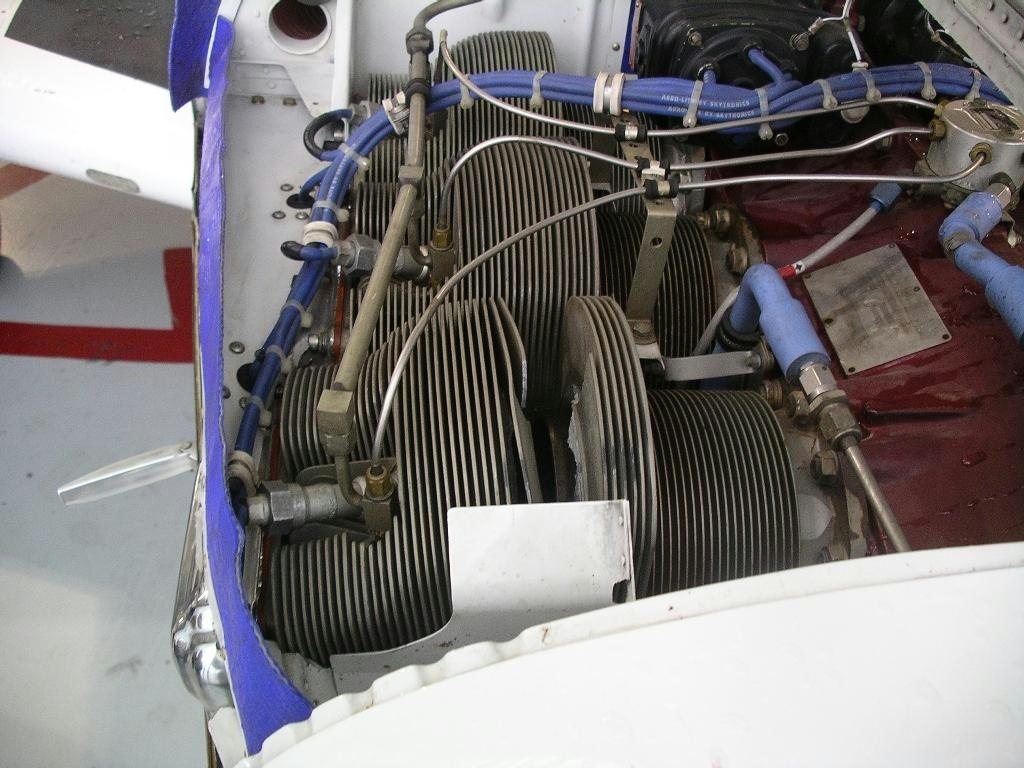
FAA Investigates Shutdowns of Lycoming IO-360 Engines
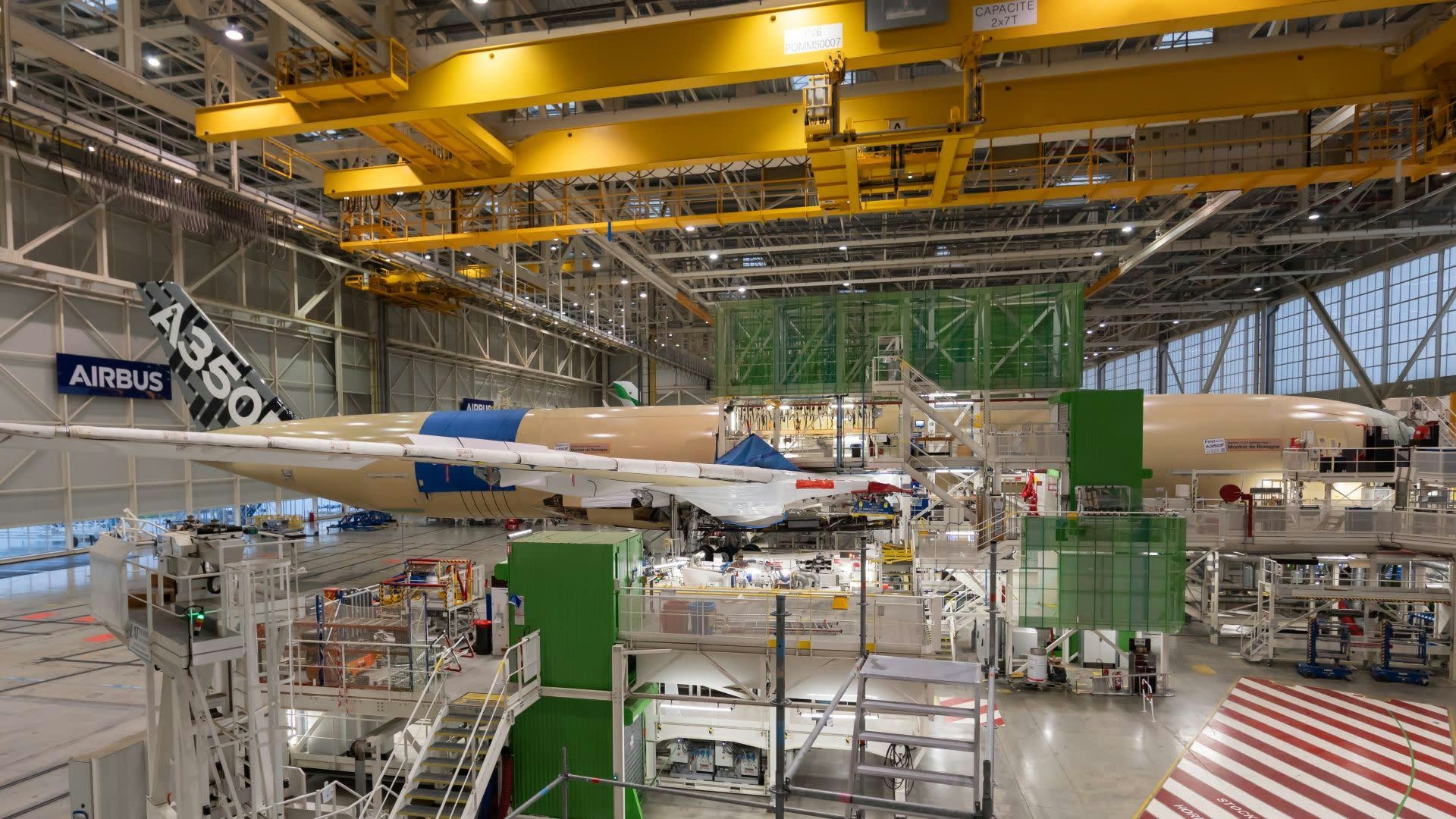
Airbus A350 Freighter Receives Certification
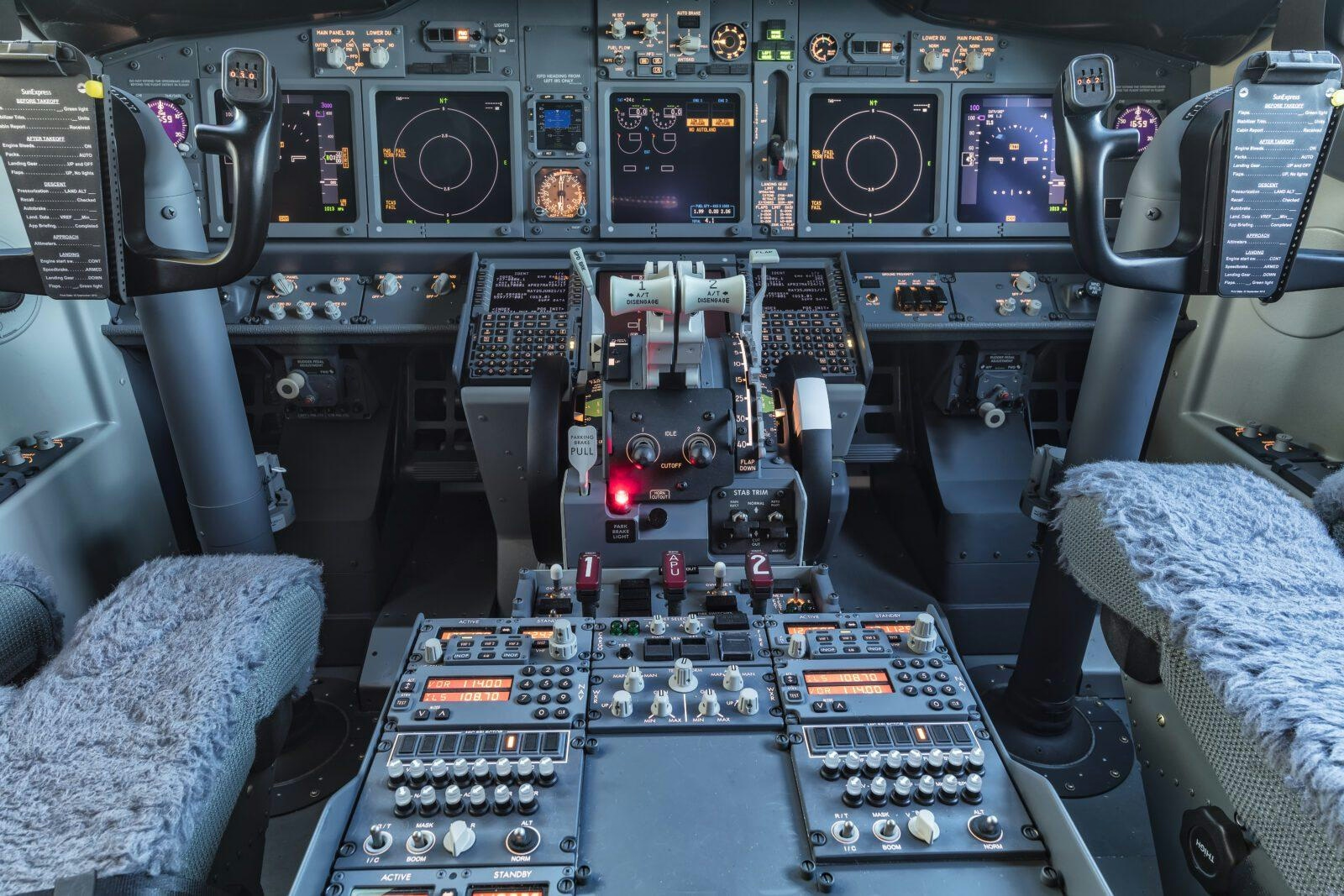
Investigators Examine Theory That Cockpit Sun Visor Caused Boeing 737 Engine Shutdown After Takeoff

Comparing the Fuselage Lengths of the Airbus A350-1000 and Boeing 787-10
